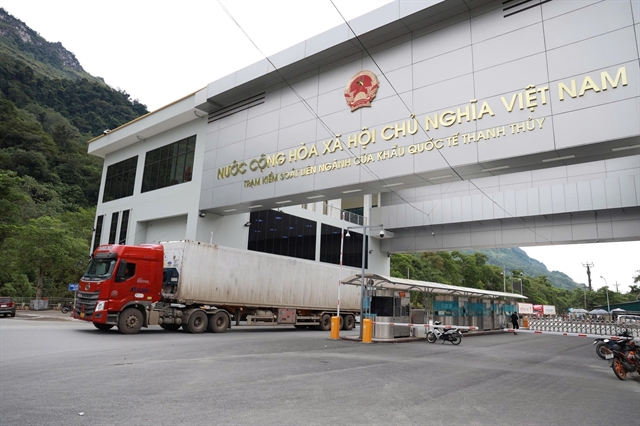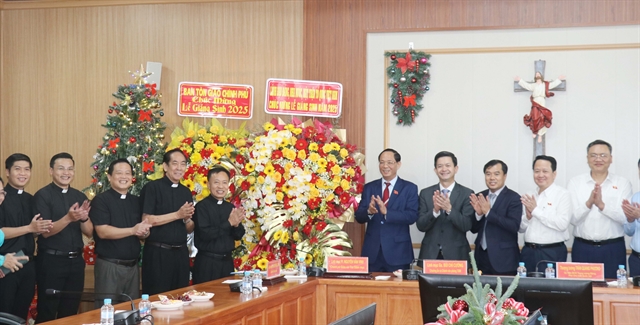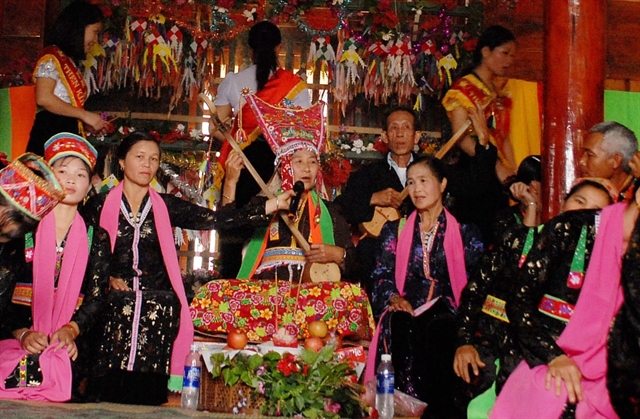 Life & Style
Life & Style

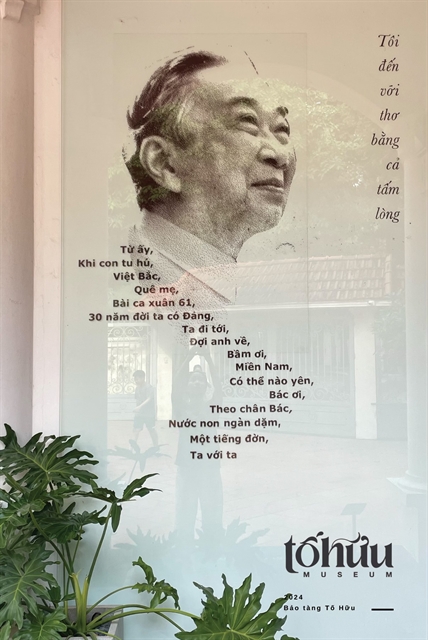
|
| Tố Hữu Museum is a must-visit place to every poetry lovers where they can learn everything about one of Việt Nam's best known revolutionary poets. Photo courtesy of Tố Hữu Museum |
Thanh Hà
HÀ NỘI — Poetry lovers, calligraphy enthusiasts and stamp collectors are in for a treat this October as three art forms come together under one roof at the Tố Hữu Museum, the home of one of Việt Nam’s most prominent poets, in Hà Nội.
The museum will host the 105th anniversary of the poet’s birth on October 3, with many Party and State leaders expected to attend. At the same time, an exhibition titled Stamps and Poetry: Tố Hữu's Imprints Over the Years will be held, showcasing his most significant works and life milestones to the public.
A week later, the museum will welcome students to explore calligraphy inspired by Tố Hữu's poetry – an activity that not only deepens their understanding of the beloved national author but also nurtures a love for Vietnamese literature and poetry.
Corner of a great poet
The Tố Hữu Museum was inaugurated in 2020 on the occasion of the 100th anniversary of the poet's birth. It was built on the basis of the Tố Hữu Memorial House which opened in 2009.
Covering an area of over 120 square metres at D9 Thăng Long International Village, Trần Đăng Ninh Street, many images, documents and artefacts have been arranged and displayed with scientific and innovative methods, providing visitors with a comprehensive and multi-dimensional view of the life and career of the great revolutionary and poet Tố Hữu.
Tố Hữu’s poetic life learned through museum activities
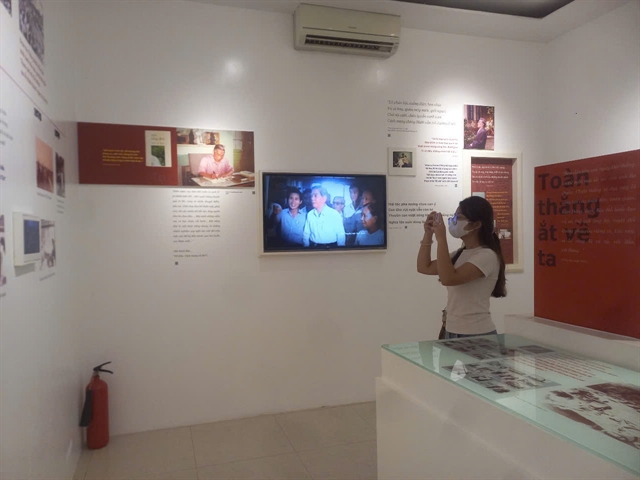
|
| A visitor take picture in the Tố Hữu Meseum,, home to huge collection of the national great poet and politician. VNS Photos Thanh Hà |
“The memorial house and later the Tố Hữu Museum was my mother's wish. From her lifelong love for my father, she always wanted to do something for her husband,” Nguyễn Minh Hồng, Tố Hữu's youngest daughter, told Việt Nam News.
“She treasured all of my father's poems, poetry collections and mementos. The manuscripts, letters exchanged with poetry friends and even the letters they sent to each other were her most precious assets.
“At that time, she kept them without any intention but love and respect for everything from her beloved husband. After my father passed away in 2002, she had a clear intention of building a memorial house for her children and grandchildren to remember him.”
Hồng added that because many people loved him and his poetry, her family wanted to share with everyone the different aspects of his personality through the manuscripts, relics and artefacts.
As a small-scale venue, the memorial house could not fulfil its task and the Tố Hữu family decided to expand it into the museum.
A group of experts led by former director of the Việt Nam Museum of Ethnology Nguyễn Văn Huy were invited to bring the idea to life.
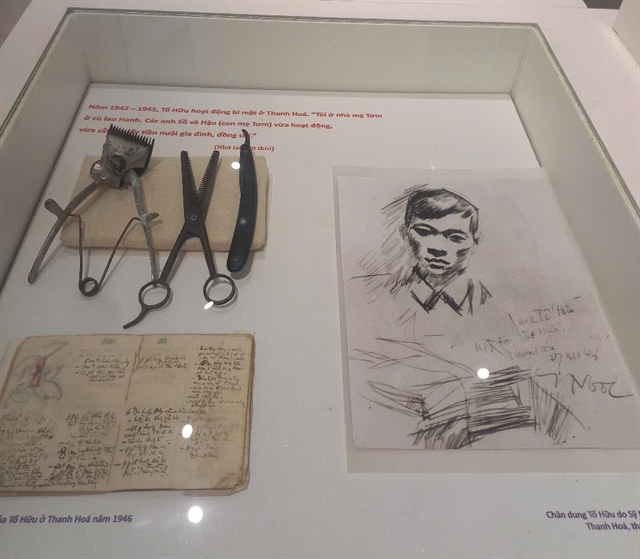
|
| In the museum, visitors will see many of Tố Hữu belongings, notes and documents that his family have well maintained and received from guests. |
“It took us nearly two years of exchanging ideas and opinions before the experts could truly ‘feel’ and ‘absorb’ my father’s spirit and thoughts, allowing us to shape the theme, concept, layout and design of both the interior and exterior,” said Hồng.
“Our goal was to build a scientific, professional and modern museum model — one that makes his legacy easily accessible for all purposes while especially appealing to young people who will carry forward Tố Hữu’s spiritual values throughout society.”
Poetic life
The museum consists of two parts. The exhibition section on Tố Hữu's revolutionary and poetic life is told through notes and messages on the wall and nine display blocks along with multimedia devices for listening, reading and interacting that utilise technology.
His treasured documents, works and career milestones are displayed alongside key historical events of the nation and the world.
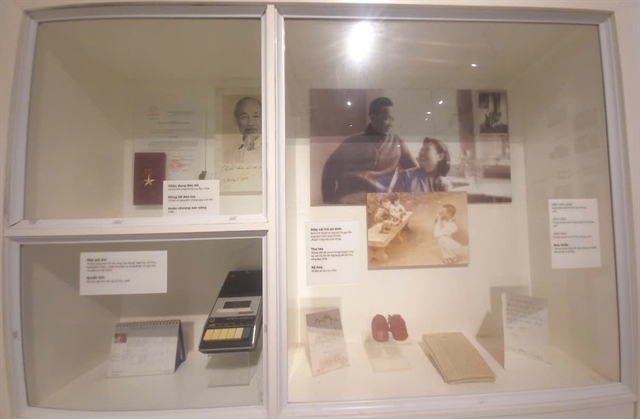
|
| There are many artifacts and photos that records parts of his life. |
The thoughtful arrangement allows visitors to follow a narrative that intertwines the life of one man with the struggles of a country and the transformations of the world, all echoed through verses from his renowned poems.
It feels as though the poet himself is guiding visitors step by step through his more than 70-year poetic journey.
“Tố Hữu’s poems can be found in bookstores or heard on radio and television but only here can people encounter his vast collection of handwritten notes, documents and personal belongings. Visitors are also introduced to the fascinating and emotional stories that inspired his poetry and the characters within them,” Hồng said.
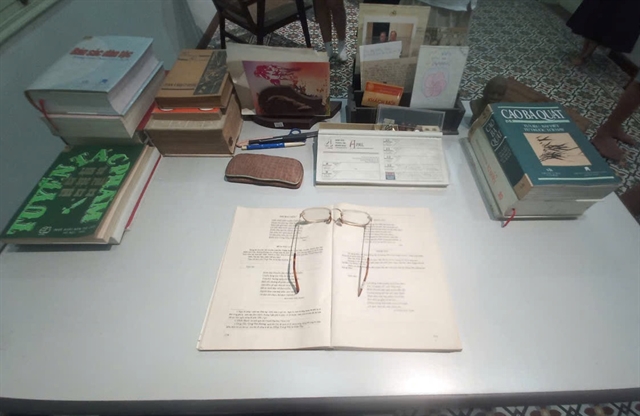
|
| Tố Hữu's working desk. |
The second part is a space that recreates part of the house at 76 Phan Đình Phùng Street, where Tố Hữu and his family lived for more than 40 years from 1960 to 2002.
It includes a living room where he welcomed friends and guests and the room with a round table where he drank tea, wrote poetry and kept a working desk.
“We moved everything from the old house here and decorated this part the same way it was, from photos and paintings to his working items,” Phạm Kim Ngân, deputy director of the museum, told Việt Nam News.
“We even tried to use the same floor tile patterns, which we ordered privately from the factory, and the colours of the wall paint and the doors. Things are kept the same, like he is still here.”
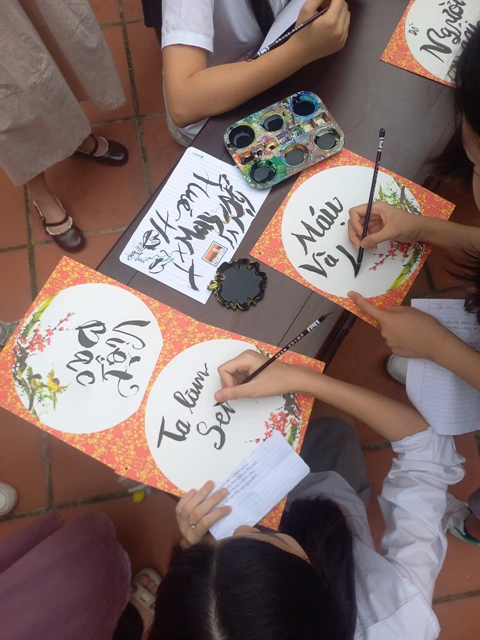
|
| Calligraphy writing is one of activities hold in Tố Hứu Museum. |
Since its first days, the Tố Hữu Museum has welcomed many visitors, especially students who come to study.
They read poems, learnt to write calligraphy and took part in workshops and mini games about the poet and his works.
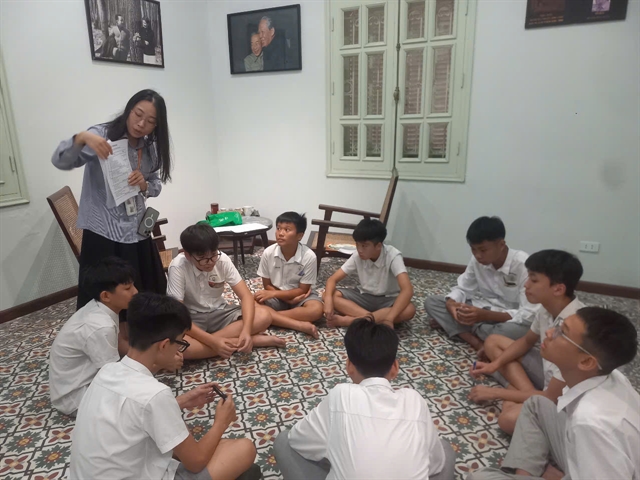
|
| Nguyễn Thị Hồng and her students of Edison School during their visit to Tố Hữu Museum. |
“Our Grade 8 students’ trip to the museum has been integrated into the literature curriculum,” said Nguyễn Thị Hồng, a teacher at Edison School. “It helps them gain a deeper understanding of patriotic poetry, fostering their love for the country and for poet Tố Hữu, whom they have studied in class.
“This visit is also designed to enrich their knowledge and sharpen study skills through hands-on learning. Students will take notes and record their reflections during the trip, and I believe these observations will benefit not only their studies but also their future lives.”
The Tố Hữu Museum is open free to visitors every Friday and Saturday.
Tố Hữu was born Nguyễn Kim Thành on October 4, 1920 and died on December 9, 2002. He was a Vietnamese poet and politician. He held important positions in the Vietnamese political system such as member of the Politburo, secretary of the Central Executive Committee of the Communist Party of Việt Nam and first vice chairman of the Council of Ministers (now permanent deputy prime minister of the government) of the Socialist Republic of Việt Nam.
Tố Hữu lived a life fully devoted to revolution, art and poetry. Among his renowned works are collections and poems including Từ Ấy (From Then On), Việt Bắc, Máu và Hoa (Blood and Flowers), Một Tiếng Đàn (A Melody), Huế Tháng Tám (Huế in August), Bài Ca Xuân 61 (Song of Spring 61) and Tạm Biệt (Goodbye). VNS



